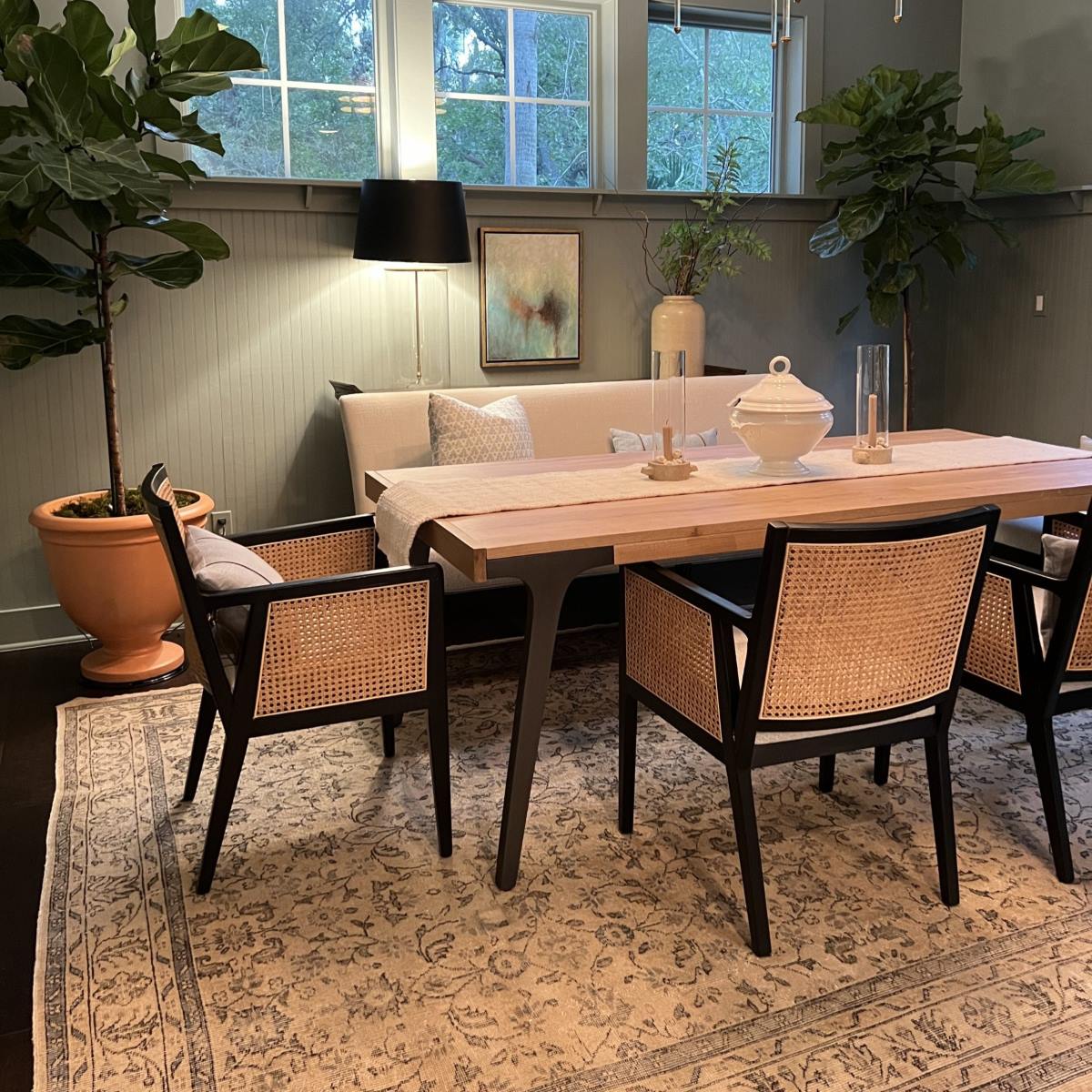

Articles
What To Put In A Dining Room
Modified: February 1, 2024
Discover helpful articles on what to put in a dining room to create the perfect space for gatherings and meals. Get inspired and find ideas to design your dream dining room.
(Many of the links in this article redirect to a specific reviewed product. Your purchase of these products through affiliate links helps to generate commission for Storables.com, at no extra cost. Learn more)
Introduction
When it comes to designing a dining room, there are numerous factors to consider. This is a space where family and friends gather for meals, conversations, and special occasions. It should be a place that is comfortable, inviting, and reflective of your personal style.
Whether you have a dedicated room or a dining area within a larger space, there are key elements that you should consider when furnishing and decorating your dining room. From the dining table and chairs to the lighting fixtures and decorative elements, each choice contributes to the overall ambiance and functionality of the room.
In this article, we will explore the essential elements to put in a dining room, providing you with inspiration and practical tips to create a space that meets your needs and aesthetic preferences.
Key Takeaways:
- Create a welcoming dining room by carefully considering essential elements like comfortable seating, stylish lighting, and functional storage. Balance functionality and aesthetics for a space that reflects your personal style and facilitates meaningful gatherings.
- Infuse life and freshness into your dining room with plants and greenery, adding a touch of nature and creating a calming, inviting atmosphere. Choose indoor plants, floral arrangements, or artificial greenery to enhance the visual appeal of the space.
Read more: What To Put On Dining Room Wall
Considerations for a Dining Room
Before diving into the specific items that you should include in your dining room, it’s essential to consider a few important factors. These considerations will help guide your choices and ensure that the final result aligns with your vision for the space.
1. Size and Layout: Take measurements of your dining room to determine the available space. Consider the layout and how the furniture will fit within it, allowing enough room for people to comfortably move around the table.
2. Style and Theme: Decide on the style or theme you want to incorporate into your dining room. Whether it’s modern, traditional, rustic, or eclectic, choosing a cohesive style will help create a harmonious and visually appealing space.
3. Budget: Determine your budget for furnishing and decorating the dining room. This will help you prioritize your purchases and make decisions that align with your financial goals.
4. Functionality: Consider how you will use the dining room. Will it be primarily for formal dinners or casual family gatherings? This will influence the choice of furniture and other elements in the room.
5. Natural Lighting: Assess the availability of natural light in the dining room. This will affect your choice of window treatments and the overall mood of the space.
By taking these considerations into account, you’ll be better equipped to make informed decisions when selecting the key components for your dining room. Now, let’s explore each of these elements in detail.
Dining Table
The dining table is the centerpiece of any dining room and serves as the focal point for meals and gatherings. When choosing a dining table, consider the following factors:
Size: The size of your dining table should be determined by the available space in your dining room and the number of people you plan to accommodate. Ensure that there is enough room for people to sit comfortably and move around the table.
Shape: Dining tables come in various shapes, including rectangular, square, round, and oval. Consider the shape that best suits your dining room’s layout and personal preference.
Material: Dining tables can be made from a variety of materials, such as wood, glass, metal, or a combination. Each material has its own aesthetic appeal and durability, so choose one that fits your style and maintenance preferences.
Style: From sleek and modern to rustic and farmhouse, there are numerous styles to choose from. Consider the overall style of your dining room and select a table that complements it.
Extendability: If you occasionally host larger gatherings, consider a dining table with extendable leaves. This allows you to adjust the size of the table to accommodate more guests when needed.
Functionality: Think about how you will use the dining table. Will it primarily be used for meals, or will it also serve as a workspace or gathering space for other activities? This will determine the features you may need, such as built-in storage or a durable surface for multitasking.
The dining table sets the tone for the entire dining room, so take your time to choose a table that combines functionality and style. It should not only be visually appealing but also sturdy and capable of accommodating your needs.
Dining Chairs
Choosing the right dining chairs is crucial for both comfort and style in your dining room. Here are some factors to consider when selecting dining chairs:
Comfort: Since dining chairs are where you and your guests will be spending time sitting, comfort is paramount. Look for chairs with padded seats and supportive backs to ensure a pleasant dining experience.
Style: Dining chairs should complement the overall style of your dining room. Whether you prefer sleek and modern, traditional and elegant, or eclectic and unique, choose chairs that align with your preferred aesthetic.
Material: Dining chairs can be made from various materials such as wood, metal, plastic, or upholstery. Consider the durability, ease of maintenance, and the visual appeal of the material when making your selection.
Color: The color of your dining chairs can either blend seamlessly with the rest of the décor or create a striking contrast. Decide whether you want your chairs to match the dining table or stand out as accent pieces.
Number: Determine the number of chairs you will need based on the size of your dining table and the number of people you plan to accommodate. It’s a good idea to have a few extra chairs for larger gatherings or unexpected guests.
Design: Explore different chair designs, such as armchairs, side chairs, or a mix of both, to create visual interest around the dining table. Consider the proportions and how the design of the chairs fits in with the overall space.
Coordinating Set or Mix and Match: Decide whether you prefer a coordinated set of dining chairs or if you want to mix and match different styles or colors for a more eclectic look. Mixing and matching can add personality and visual intrigue to the dining room.
Remember to prioritize comfort and functionality when selecting dining chairs. Your choice should not only enhance the aesthetic appeal of the dining room but also provide a comfortable seating experience for you and your guests.
Lighting Fixtures
Choosing the right lighting fixtures for your dining room can create the perfect ambiance and highlight the focal points in the space. Here are some considerations when selecting dining room lighting:
Chandelier: A chandelier is a popular choice for dining rooms as it adds a touch of elegance and serves as a stunning focal point. Consider the size and design of the chandelier, ensuring it is proportionate to the dining table and complements the overall style of the room.
Pendant Lights: Pendant lights offer a more modern and versatile option. They come in various shapes, sizes, and styles, allowing for customization based on your dining room’s design. Install them in a row over a rectangular or oval dining table for a sleek and contemporary look.
Wall Sconces: Wall sconces provide additional lighting and add a decorative element to the dining room. They can be placed on either side of a buffet or artwork to create an inviting ambiance.
Dimmers: Consider installing dimmer switches for your dining room lighting. This allows you to control the brightness and set the mood for various occasions, whether it’s a romantic dinner or a lively gathering.
Natural Light: Maximize the use of natural light in your dining room by choosing window treatments that allow ample light to flow through. This can include sheer curtains, blinds, or even leaving windows uncovered to create a bright and airy atmosphere.
Layered Lighting: Create a well-lit dining room by incorporating different layers of lighting. Combine overhead fixtures with task lighting, such as table lamps or buffet lamps, to provide adequate illumination for specific areas or activities.
Energy Efficiency: Consider energy-efficient lighting options, such as LED bulbs, to reduce energy consumption and lower your carbon footprint. These bulbs not only last longer but also contribute to long-term cost savings.
Remember, lighting fixtures not only provide functional illumination but also add to the overall aesthetic appeal of the dining room. Choose fixtures that complement the style and create a welcoming atmosphere for memorable dining experiences.
Read more: What To Put On Your Dining Room Table
Storage Furniture
Storage furniture is an essential addition to any dining room, providing both practicality and style. Here are some storage furniture options to consider:
Sideboard or Buffet: A sideboard or buffet is a versatile piece of furniture that offers both storage and serving surfaces. It can be used to store dinnerware, linens, and other dining essentials, while also providing a countertop for serving food or displaying decor items. Consider the size and design that best fits your dining room’s aesthetic.
Display Cabinet: If you have a collection of fine china or beautiful glassware, a display cabinet can showcase and protect these items. Choose a cabinet with glass doors to keep your treasures on display while keeping them dust-free.
Bar Cart: A bar cart is a stylish and functional addition to a dining room, especially if you enjoy entertaining. It provides a mobile surface for serving drinks and can also be used to store bottles, glassware, and bar accessories. Look for a bar cart that fits your style and has ample storage space.
Wine Rack: For wine enthusiasts, a dedicated wine rack is a great storage option. Whether it’s a small countertop wine rack or a larger floor-standing unit, choose one that can accommodate your wine collection and complements the overall style of the room.
Floating Shelves: Floating shelves are a modern and space-saving storage solution. They can be installed on empty walls to display decorative items or store frequently used items, such as dinnerware or cookbooks.
Multifunctional Furniture: Consider furniture pieces with built-in storage, such as benches with hidden compartments or dining tables with drawers. These pieces offer additional storage options while maximizing space efficiency.
Organization and Accessories: Once you have chosen your storage furniture, organize the items within it for easy access and visual appeal. Utilize drawer organizers, storage bins, or baskets to keep items neatly arranged and categorized.
Storage furniture not only helps keep your dining room organized but also enhances its aesthetic appeal. Choose pieces that match your style and fulfill your storage needs, creating a functional and visually pleasing space.
Decorative Elements
Decorative elements add personality and visual interest to your dining room. They can enhance the overall ambiance and create a welcoming atmosphere. Consider the following decorative elements to incorporate into your dining room:
Centerpiece: A centerpiece is a focal point on the dining table that adds charm and elegance. It can be a floral arrangement, a decorative bowl filled with fruits, or a collection of candles. Choose a centerpiece that suits your style and complements the overall aesthetic of the dining room.
Wall Decor: Dress up your dining room walls with artwork, mirrors, or wall hangings. These can add visual depth and create a sense of style and sophistication. Consider the size, scale, and colors of the wall decor to ensure they harmonize with the rest of the room.
Textiles and Linens: Add softness and texture to your dining room with textiles and linens. This can include tablecloths, placemats, napkins, and chair cushions. Choose fabrics and patterns that enhance the overall aesthetic while complementing the colors and style of your dining room.
Statement Rugs: A well-chosen rug can anchor the dining area and add warmth and texture to the space. Opt for a rug that fits the size of your dining table and chairs, and complements the color scheme and style of the room.
Art and Sculptures: Consider hanging artwork or displaying sculptures in your dining room. These can be conversation starters and add a personal touch. Choose pieces that resonate with you and reflect your style and interests.
Seasonal Decor: Change up the look of your dining room with seasonal decor elements. This can include floral arrangements, holiday-themed decorations, or seasonal colors. It adds a festive touch and keeps the dining room feeling fresh and updated throughout the year.
Personal Touches: Display items that have sentimental value or reflect your personal interests. This can be family photographs, travel souvenirs, or heirloom pieces. These personal touches make the dining room feel more intimate and reflect your unique personality.
The decorative elements you choose should enhance the overall aesthetic of your dining room and reflect your personal style. Be mindful of not overcrowding the space; instead, select a few key pieces that make a statement and evoke the desired ambiance.
Consider adding a statement light fixture to create a focal point in the dining room. This can be a chandelier, pendant light, or even a set of unique wall sconces to add visual interest and ambiance to the space.
Window Treatments
Window treatments are an important aspect of any dining room as they can provide both practical and decorative benefits. Here are some considerations when selecting window treatments:
Privacy: Determine the level of privacy you need in your dining room. If your windows face a busy street or neighboring properties, consider options that provide privacy without sacrificing natural light.
Light Control: Decide how much control you want over the amount of natural light entering the room. Sheer curtains or blinds can filter light while still allowing it to brighten the space, while blackout curtains or shades can completely block out light for a more intimate dining experience.
Style: Consider the style and aesthetic of your dining room when selecting window treatments. Choose curtains, blinds, or shades that complement the overall design and color scheme of the room.
Material: Select window treatments that are appropriate for your lifestyle and maintenance preferences. Fabrics like linen, cotton, or silk blend well in formal dining rooms, while easy-to-clean and durable materials like polyester or faux wood blinds are ideal for high-traffic areas.
Size and Proportion: Ensure that the size of your window treatments is proportionate to the windows and complements the scale of the room. Whether you choose floor-length curtains or blinds that fit perfectly within the window frame, make sure they enhance the visual appeal of the space.
Layering: Consider layering different types of window treatments for a stylish and functional look. You can pair curtains with blinds or use a valance or cornice to add depth and visual interest.
Hardware: Don’t forget to choose appropriate hardware to hang your window treatments. Select rods, finials, and brackets that match the style of your dining room and provide proper support for the window treatments.
Window treatments can significantly impact the look and feel of your dining room. They provide an opportunity to add texture, color, and style while also serving practical purposes like privacy and light control. Choose window treatments that enhance your dining room’s overall aesthetic and create the desired ambiance.
Flooring Options
The choice of flooring in your dining room can set the tone for the entire space. It should be durable, easy to clean, and complement the overall style of the room. Here are some popular flooring options to consider:
Hardwood Flooring: Hardwood flooring is a timeless and classic choice for dining rooms. It adds warmth and natural beauty to the space. Opt for hardwoods like oak, maple, or cherry, which are durable and can withstand the demands of a dining room.
Laminate Flooring: Laminate flooring offers a budget-friendly alternative to hardwood. It mimics the look of natural wood while being more resistant to scratches and moisture. Laminate is easy to clean and maintain, making it a practical option for dining rooms.
Tile Flooring: Tile flooring provides a versatile and durable option for dining rooms. It comes in a variety of colors, patterns, and sizes, allowing you to customize the look and feel of the space. Ceramic or porcelain tiles are popular choices for their durability and easy maintenance.
Vinyl Flooring: Vinyl flooring has come a long way and now offers a wide range of styles, including wood-look and stone-look options. It is affordable, water-resistant, and easy to clean, making it a suitable choice for dining rooms.
Carpet: Carpeting adds warmth, softness, and sound absorption to a dining room. Opt for stain-resistant and easy-to-clean carpets designed for high-traffic areas. Consider carpet tiles if you want the flexibility to replace individual tiles if they become stained or worn.
Area Rugs: Area rugs are an excellent option for adding warmth and defining the dining area within a larger room. They can protect the flooring underneath while also adding style and texture. Choose rugs that complement the color scheme and style of your dining room.
Color and Finish: Consider the color and finish of your flooring, ensuring it complements the overall design scheme. Light-colored flooring can make the room feel more spacious, while darker flooring adds a touch of luxury and sophistication.
Ultimately, the choice of flooring in your dining room should be based on your personal preference, maintenance requirements, and budget. Select a flooring option that supports the functionality of the space while enhancing its overall aesthetic appeal.
Read more: Where To Put Mirror In Dining Room
Wall Art and Mirrors
Wall art and mirrors add personality, style, and visual interest to your dining room. They can elevate the overall design and create a focal point. Here are some considerations when incorporating wall art and mirrors:
Statement Artwork: Choose a large, eye-catching piece of artwork as a focal point on one of the dining room walls. This can be a painting, a print, or a wall sculpture that reflects your personal style and sets the tone for the entire space.
Gallery Wall: Create a gallery wall by displaying a collection of smaller artworks or photographs. Mix and match frames, sizes, and art styles for an eclectic and visually compelling display.
Mirrors: Mirrors can make a dining room appear larger and reflect natural light, creating a brighter and more spacious atmosphere. Hang a decorative mirror on a wall to add depth and visual interest. Consider placing it strategically to reflect a window or a focal point in the room.
Groupings: Arrange multiple pieces of art or mirrors in a cohesive grouping. This can create a visually dynamic display and add visual interest to a larger wall.
DIY Art: Get creative and make your own art pieces to personalize your dining room. Whether it’s a abstract painting, a framed photograph, or a unique wall hanging, DIY art adds a personal touch to the space.
Three-Dimensional Art: Explore three-dimensional art, such as wall sculptures or textured art installations. These can add depth and a tactile element to your dining room walls.
Proper Placement: Consider the height and placement of your wall art and mirrors. Hang them at eye level or slightly above the average seated eye level to ensure they are easily visible and create visual balance within the room.
Theme and Color: Choose artwork and mirrors that align with the theme and color scheme of your dining room. They should complement the overall design and enhance the desired ambiance.
Wall art and mirrors are excellent tools for adding character and transforming plain walls into focal points in your dining room. Consider your personal style, the size of the walls, and the overall aesthetic of the space when selecting and placing these decorative elements.
Tableware and Accessories
Tableware and accessories play a crucial role in creating a well-set and inviting dining table. They not only serve practical purposes but also contribute to the overall aesthetic and ambiance of your dining room. Consider the following when selecting tableware and accessories:
Dinnerware: Choose a set of dinnerware that complements the style of your dining room. Whether it’s fine china, casual stoneware, or modern ceramics, select pieces that reflect your personal taste and the overall aesthetic of the space.
Flatware: Invest in quality flatware that is both functional and stylish. Consider the design, weight, and durability of the flatware, and choose a set that coordinates with your dinnerware and the overall theme of the dining room.
Glassware: Select a variety of glassware to cater to different beverages – wine glasses, water glasses, and specialty glassware such as champagne flutes or cocktail glasses. Choose glassware that enhances the overall table setting and complements your dinnerware.
Table Linens: Table linens add elegance and style to the dining table. Consider tablecloths, table runners, placemats, and napkins in fabrics and colors that coordinate with your dining room’s color scheme and style. Opt for high-quality linens that are both functional and visually appealing.
Centerpiece Decor: Enhance your dining table with a beautiful centerpiece. This can include flowers, candles, a decorative bowl filled with fruits, or a seasonal arrangement. Choose elements that suit the occasion and create a visually pleasing focal point.
Table Accessories: Add small accessories and decorative accents to your dining table to elevate its style. These can include salt and pepper shakers, candleholders, place card holders, or decorative trivets. Choose accessories that complement your tableware and overall theme.
Serving Dishes: Invest in a variety of serving dishes and platters to accommodate different types of meals and gatherings. These can include bowls, serving trays, and cake stands. Choose designs that match your dinnerware and add visual interest to your table setting.
Candlelight: Consider incorporating candlelight into your dining table setup. Candles create a warm and inviting ambiance, especially during evening meals or special occasions. Use candlesticks, votive holders, or tea lights to add a soft glow to the table.
Tableware and accessories lend a personal touch and enhance the dining experience in your dining room. Select pieces that reflect your style, complement the overall design, and create a welcoming atmosphere for memorable meals and gatherings.
Plants and Greenery
Introducing plants and greenery into your dining room not only adds a touch of natural beauty but also brings life and freshness to the space. Here are some considerations when incorporating plants and greenery:
Indoor Plants: Choose indoor plants that thrive in the conditions of your dining room, such as sunlight levels and temperature. Popular choices include succulents, ferns, snake plants, and peace lilies. Select plants that are visually appealing and fit the available space.
Potted Plants: Place potted plants on windowsills, sideboards, or open shelves to add a pop of greenery. Opt for interesting containers or planters that complement the style of your dining room and elevate the overall look.
Hanging Plants: Suspended plants from the ceiling or wall-mounted planters can create a unique and eye-catching display. Consider trailing plants like pothos or ivy, or plants with colorful foliage to add visual interest high up in the room.
Herbs: Incorporate herbs into your dining room by growing them in small pots on a windowsill or in a dedicated herb garden. Not only do herbs add freshness to your meals, but they also create a visually appealing and aromatic corner of your dining room.
Floral Arrangements: Display fresh flowers or floral arrangements on the dining table, sideboard, or console table. Choose flowers that complement your dining room’s color scheme or go with seasonal blooms for a vibrant touch.
Artificial Plants: If you prefer low-maintenance options, artificial plants and greenery can still add a touch of nature to your dining room. Look for realistic-looking artificial plants that can easily blend into the space without the need for care.
Terrariums or Air Plants: Terrariums or air plants can be interesting additions to your dining room decor. They require minimal care and add a unique and modern touch to any surface or hanging display.
Plant Stands and Shelving: Consider adding plant stands or shelving to display your plants at varying heights. This can create a visually appealing and dynamic arrangement, while also maximizing space and showcasing your greenery collection.
Plants and greenery bring nature indoors and breathe life into your dining room. They create a calming and refreshing environment, and their presence adds a sense of tranquility and well-being. Choose plants that are easy to care for and fit the style and lighting conditions of your dining room for a delightful and inviting atmosphere.
Conclusion
Designing a dining room is an exciting opportunity to create a space that is not only functional but also visually appealing. By carefully considering the essential elements discussed in this article, you can transform your dining room into a welcoming and stylish area that suits your personal taste and needs.
Starting with the dining table and chairs, choose pieces that are both comfortable and aesthetically pleasing. Consider the size, shape, and style that best fit your dining room’s layout and your personal preferences. Lighting fixtures, such as chandeliers, pendant lights, and wall sconces, add ambiance and create a warm and inviting atmosphere.
Storage furniture, like sideboards or display cabinets, provides ample space for storing and showcasing your dining essentials. Decorative elements, including wall art, mirrors, and seasonal decor, add character and personality to the dining room.
Window treatments, such as curtains or blinds, enhance privacy and light control while adding a decorative touch. The choice of flooring, whether it’s hardwood, laminate, tile, or carpet, sets the foundation for the room’s overall aesthetic.
Tableware and accessories, from dinnerware and flatware to table linens and centerpieces, complete the dining experience and add elegance to your table setting. Plants and greenery bring life and freshness, creating a peaceful and natural atmosphere.
By paying attention to these considerations, you can create a dining room that reflects your style and facilitates meaningful gatherings with loved ones. Remember, the key is to strike a balance between functionality and aesthetics, selecting elements that contribute to the overall ambiance of the space.
So, whether you’re entertaining guests, sharing meals with family, or simply enjoying a quiet dinner for two, your well-designed dining room will serve as a beautiful backdrop for precious memories and enjoyable moments for years to come.
Frequently Asked Questions about What To Put In A Dining Room
Was this page helpful?
At Storables.com, we guarantee accurate and reliable information. Our content, validated by Expert Board Contributors, is crafted following stringent Editorial Policies. We're committed to providing you with well-researched, expert-backed insights for all your informational needs.
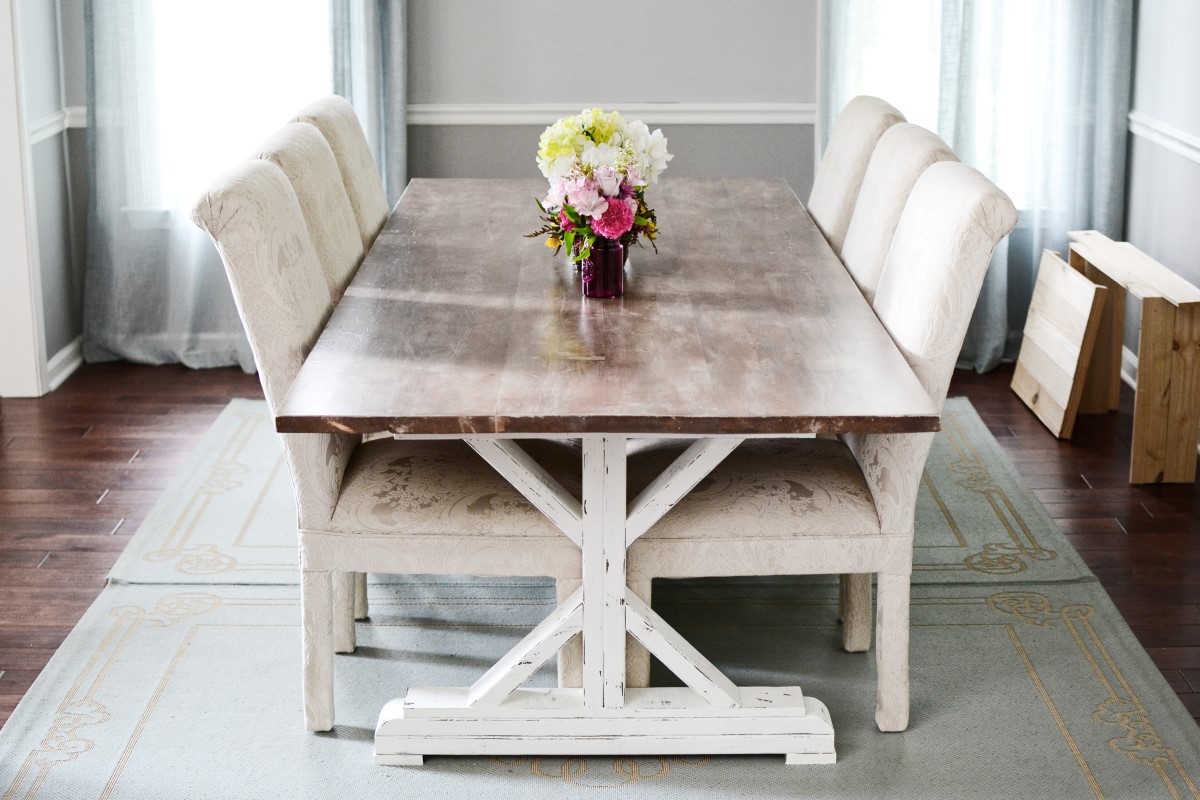

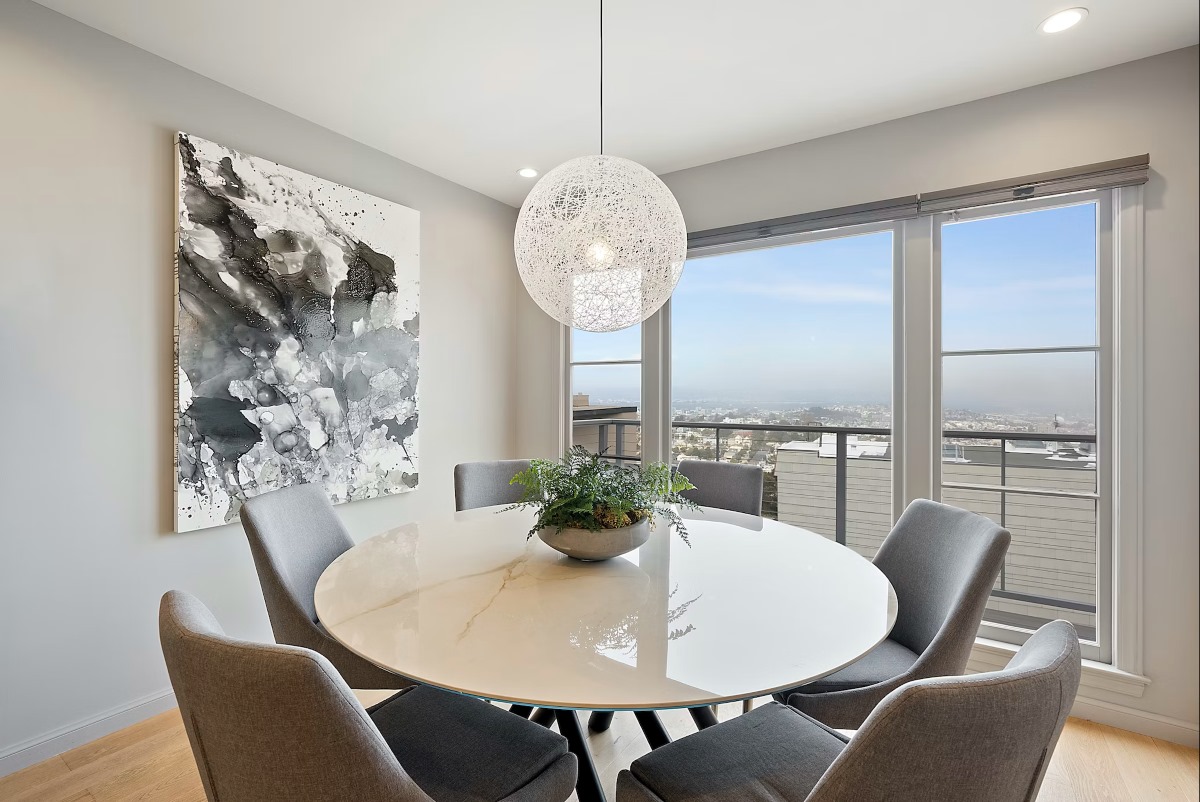
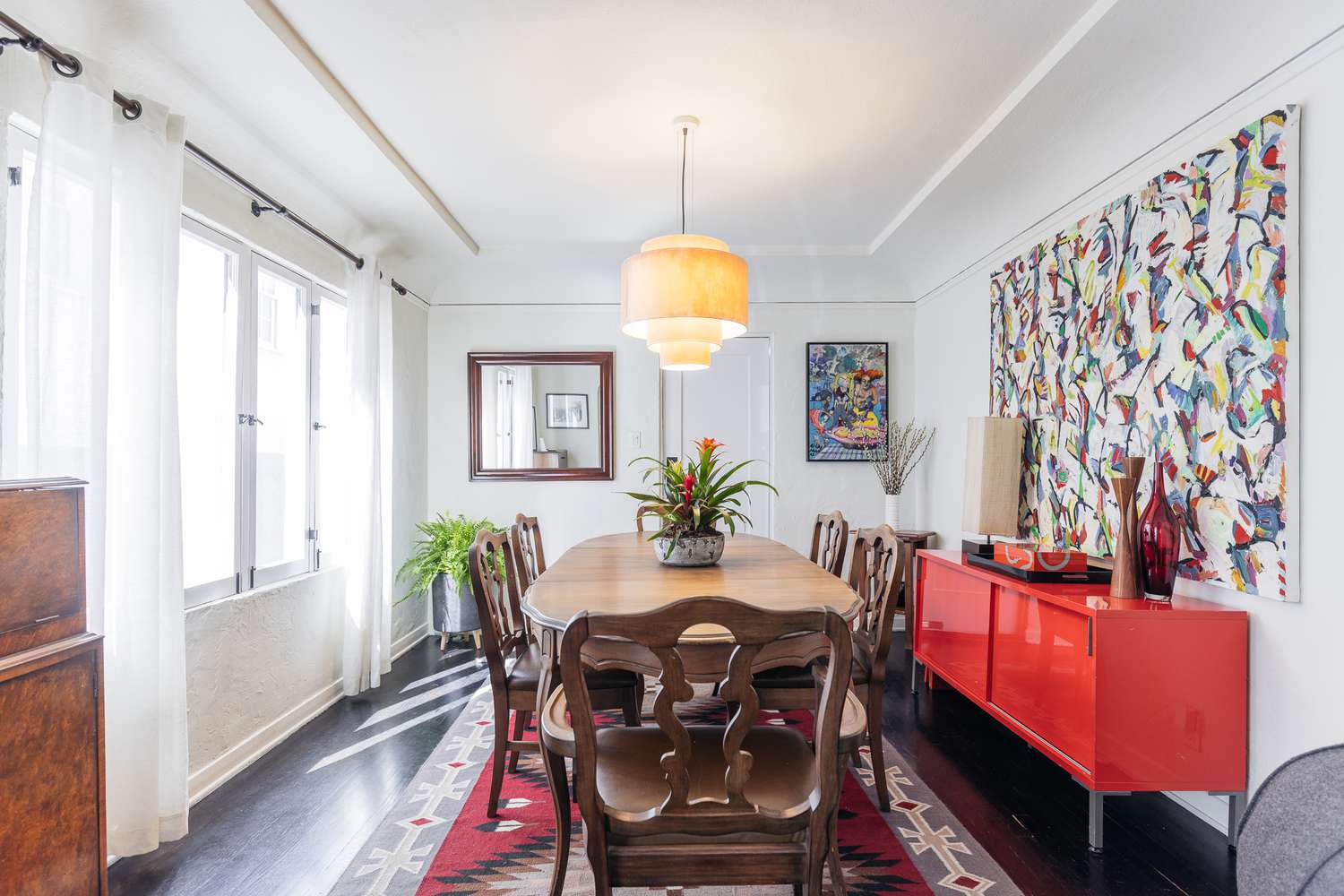
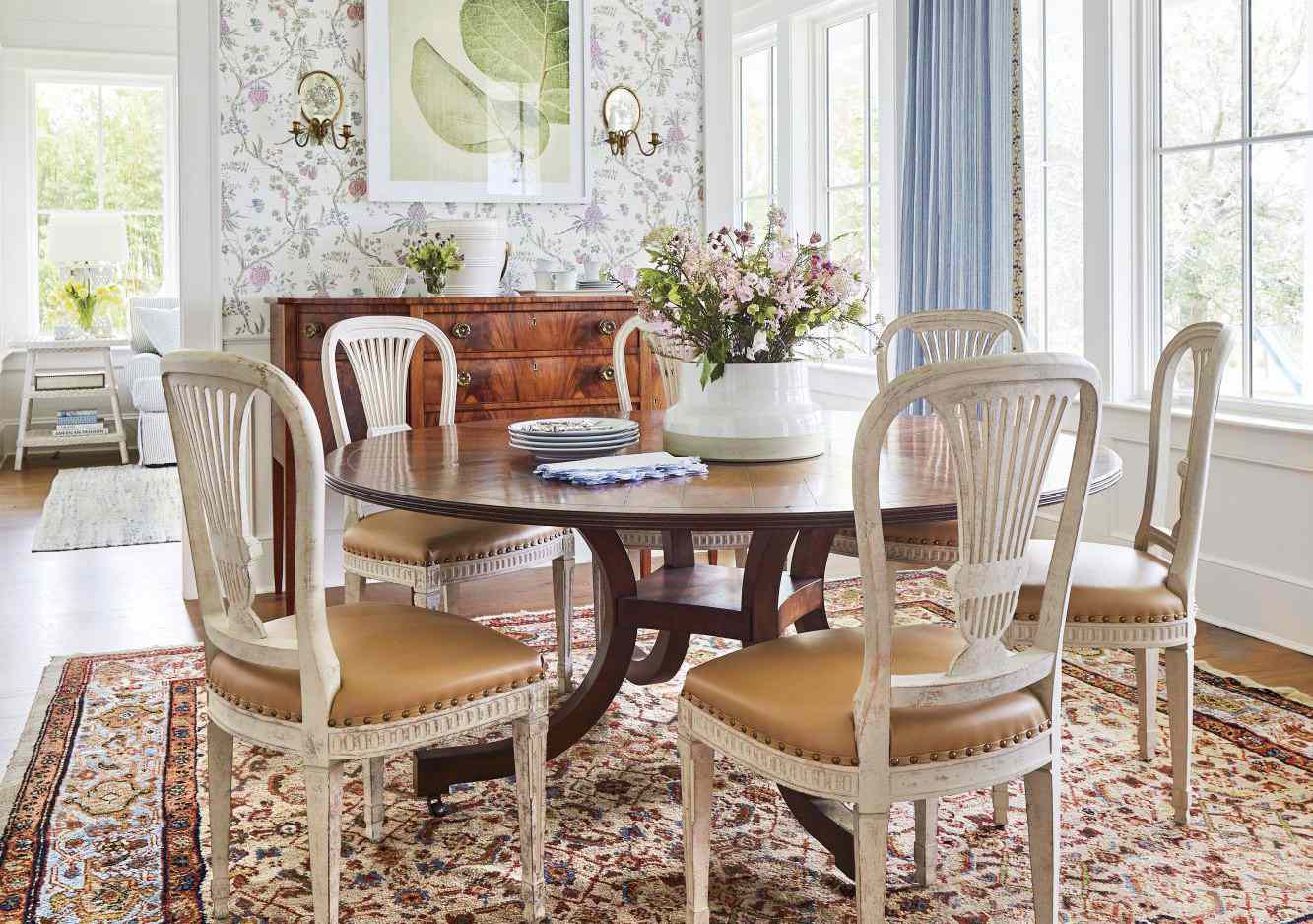
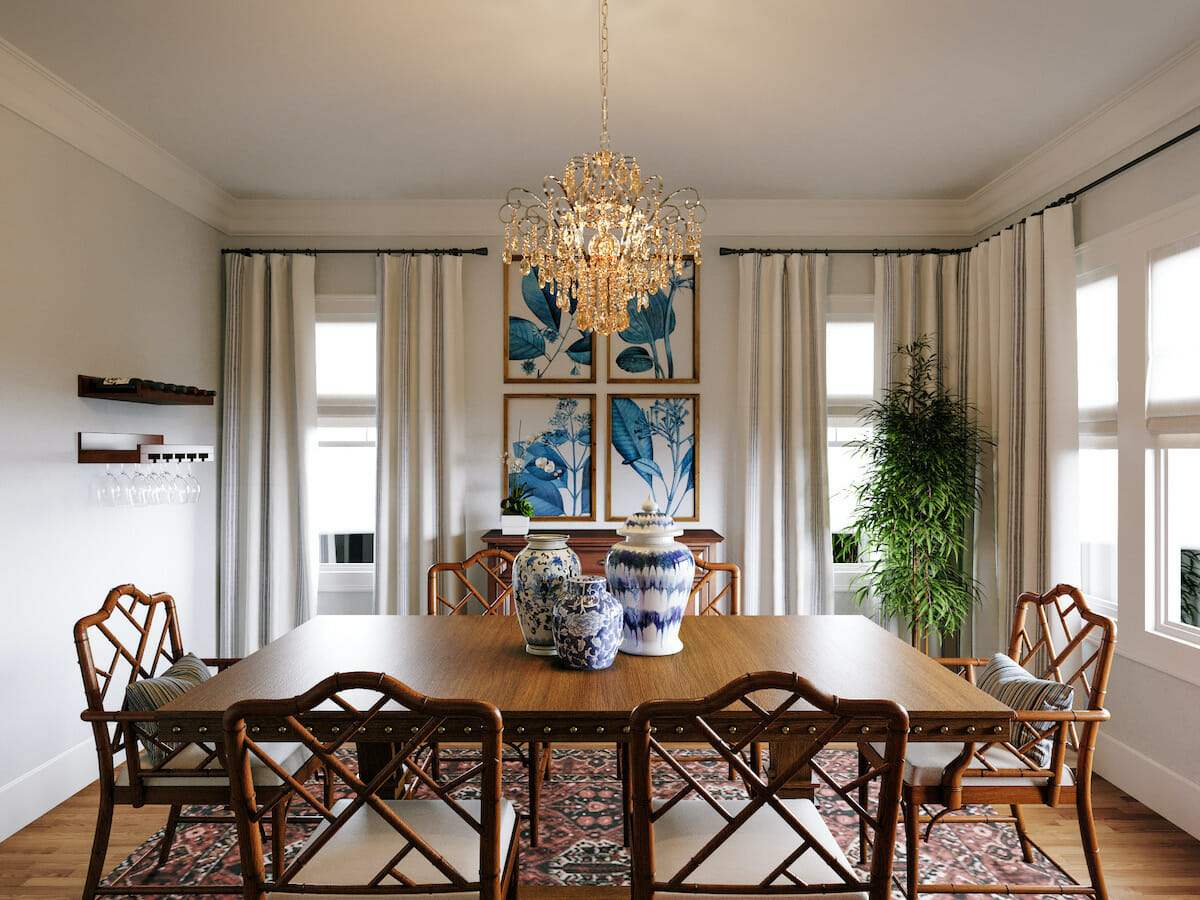
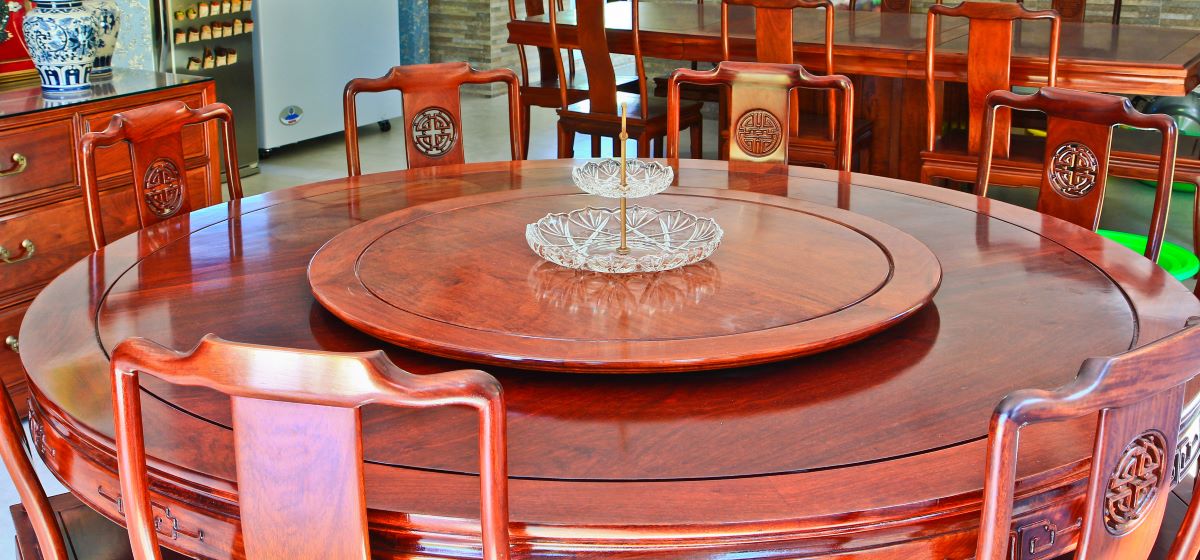
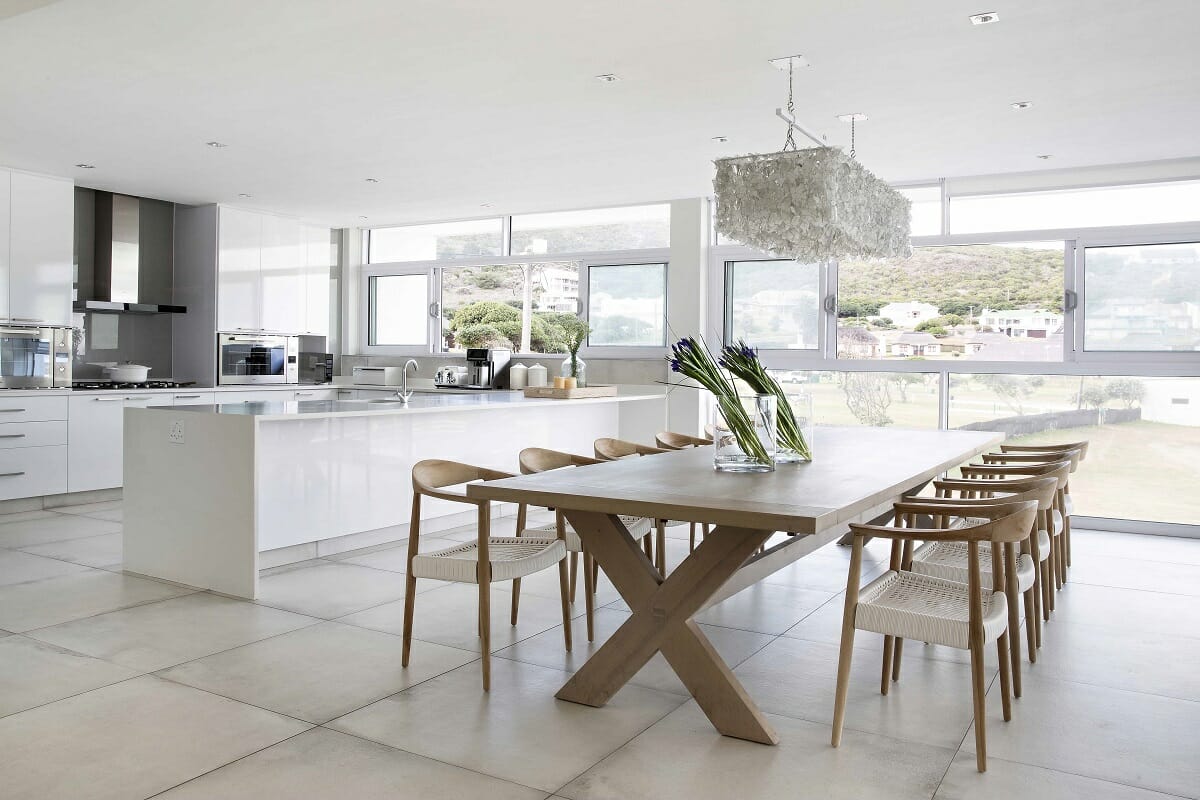
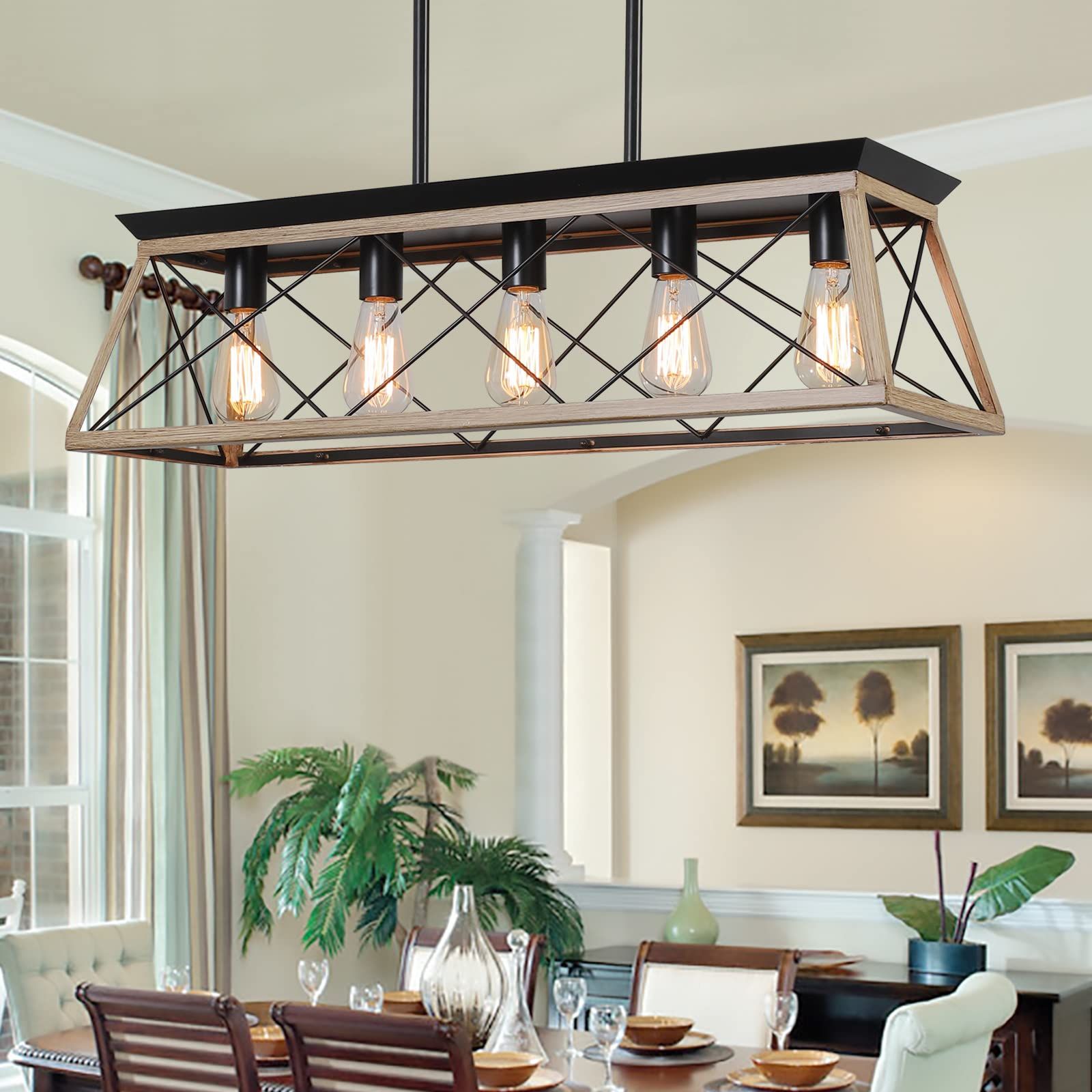
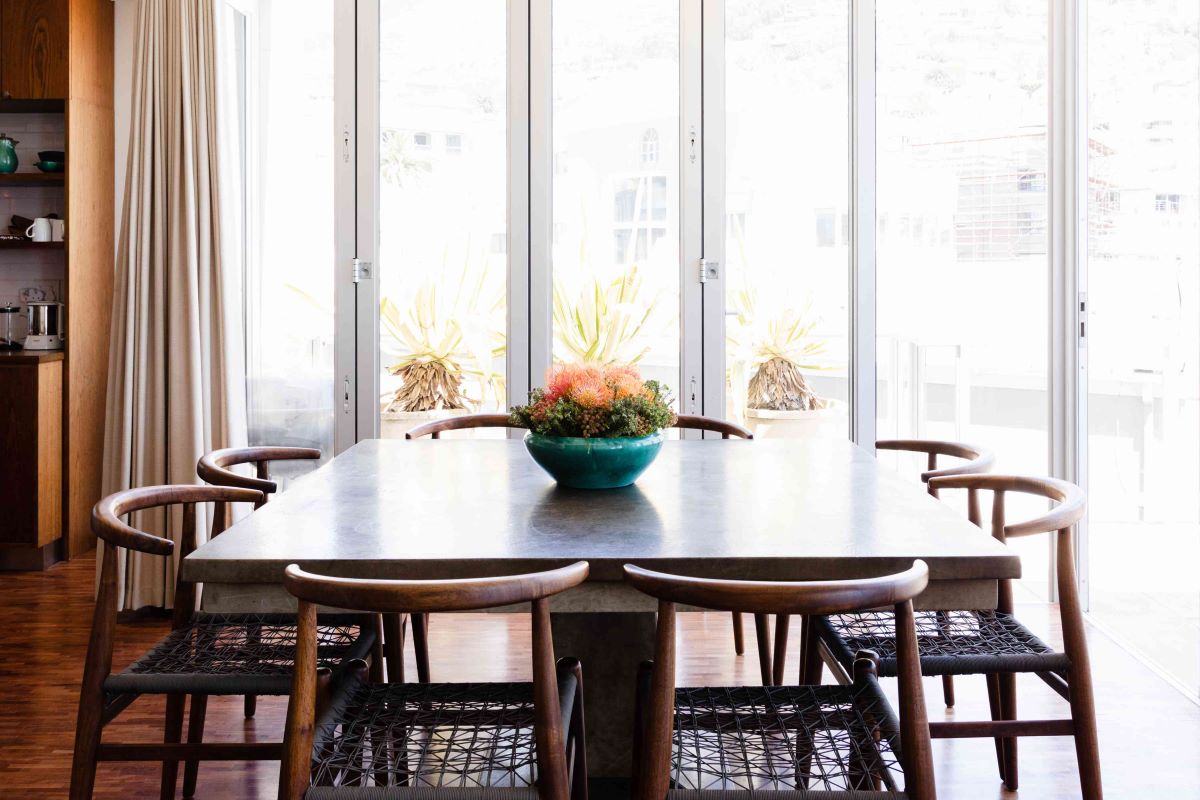
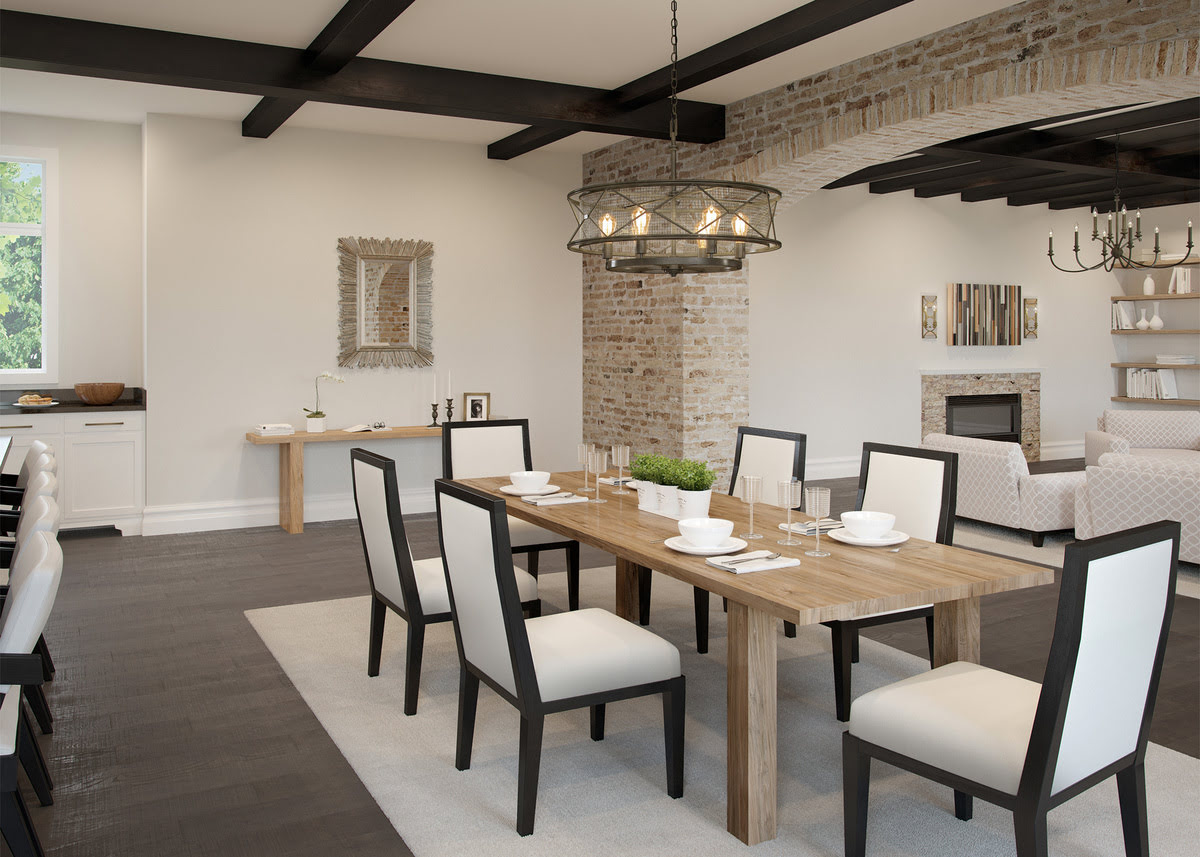
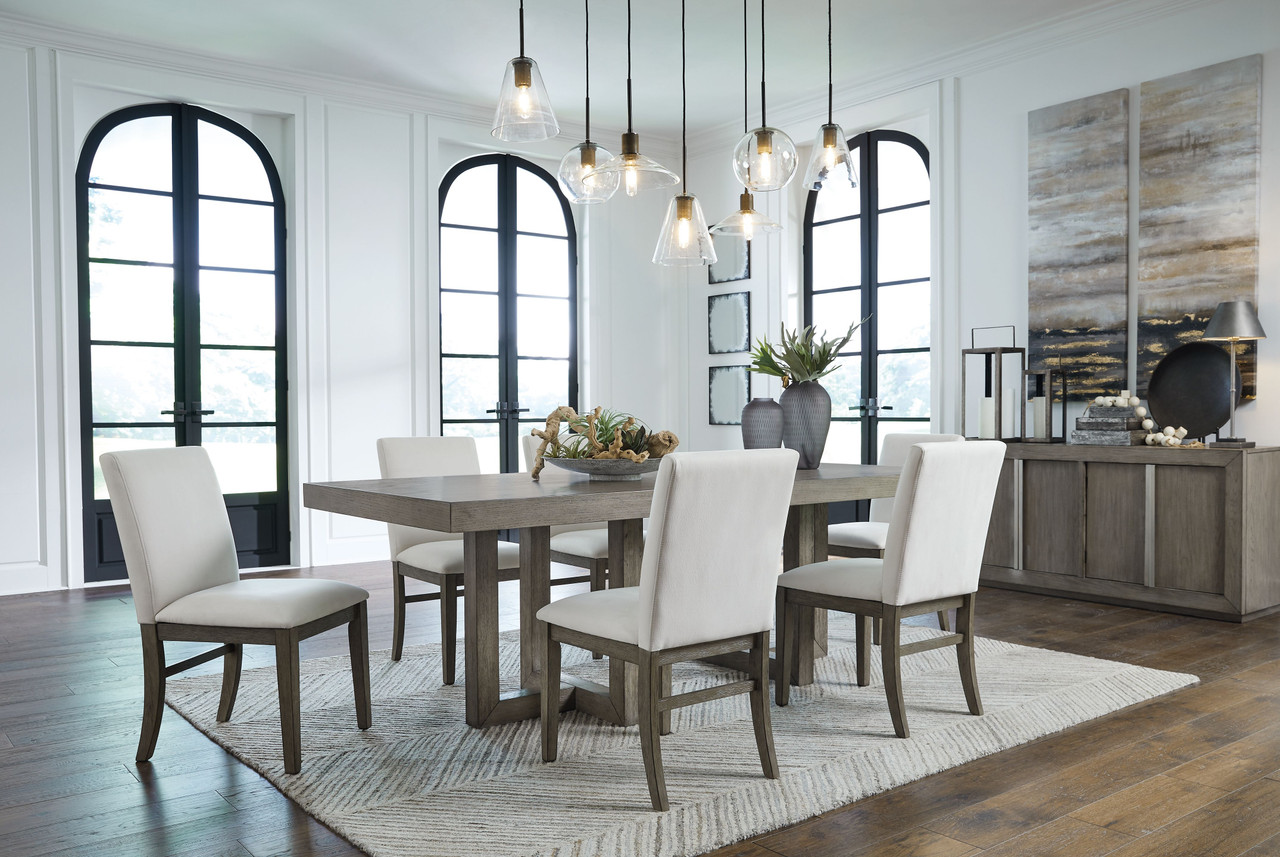
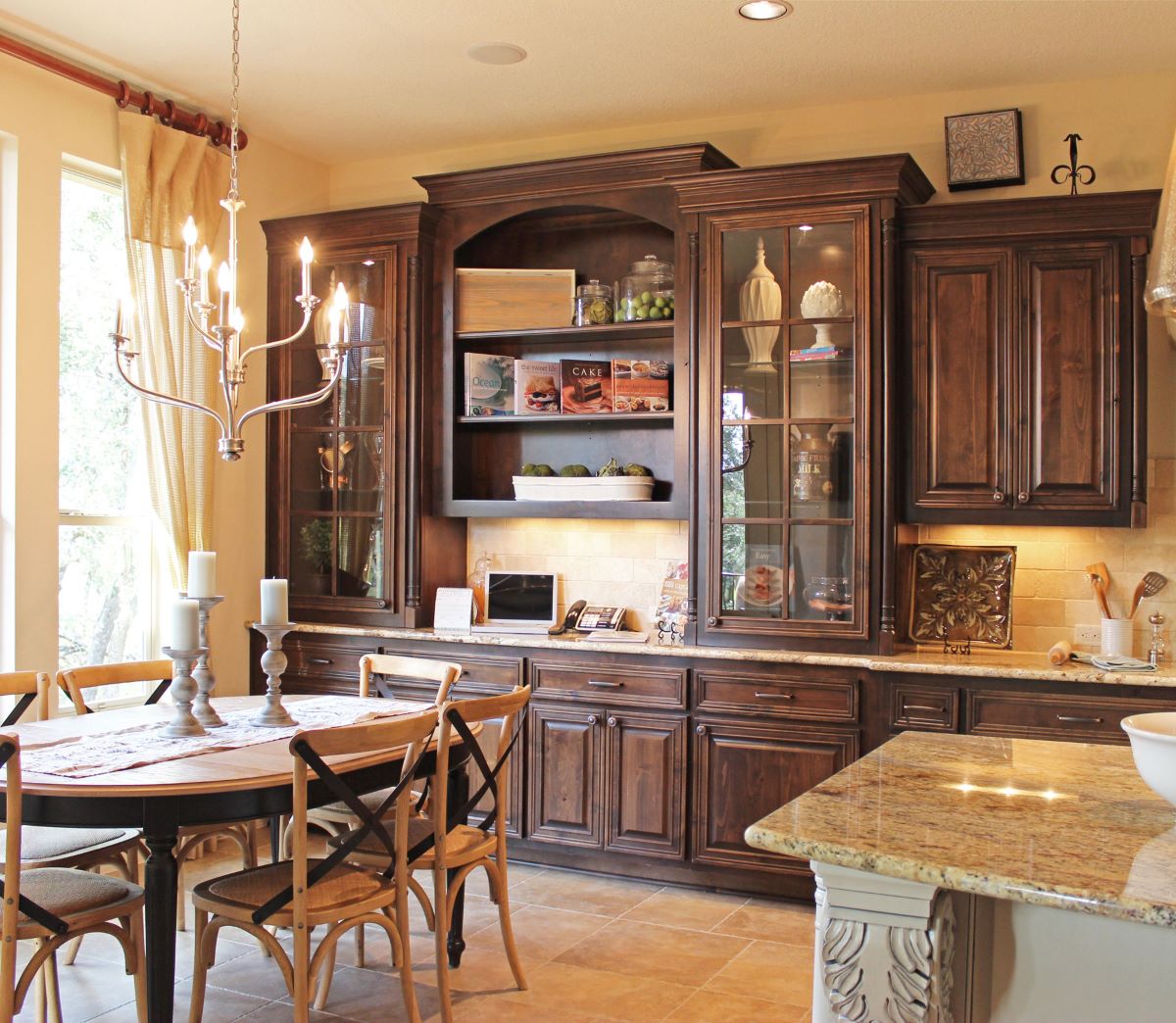

0 thoughts on “What To Put In A Dining Room”